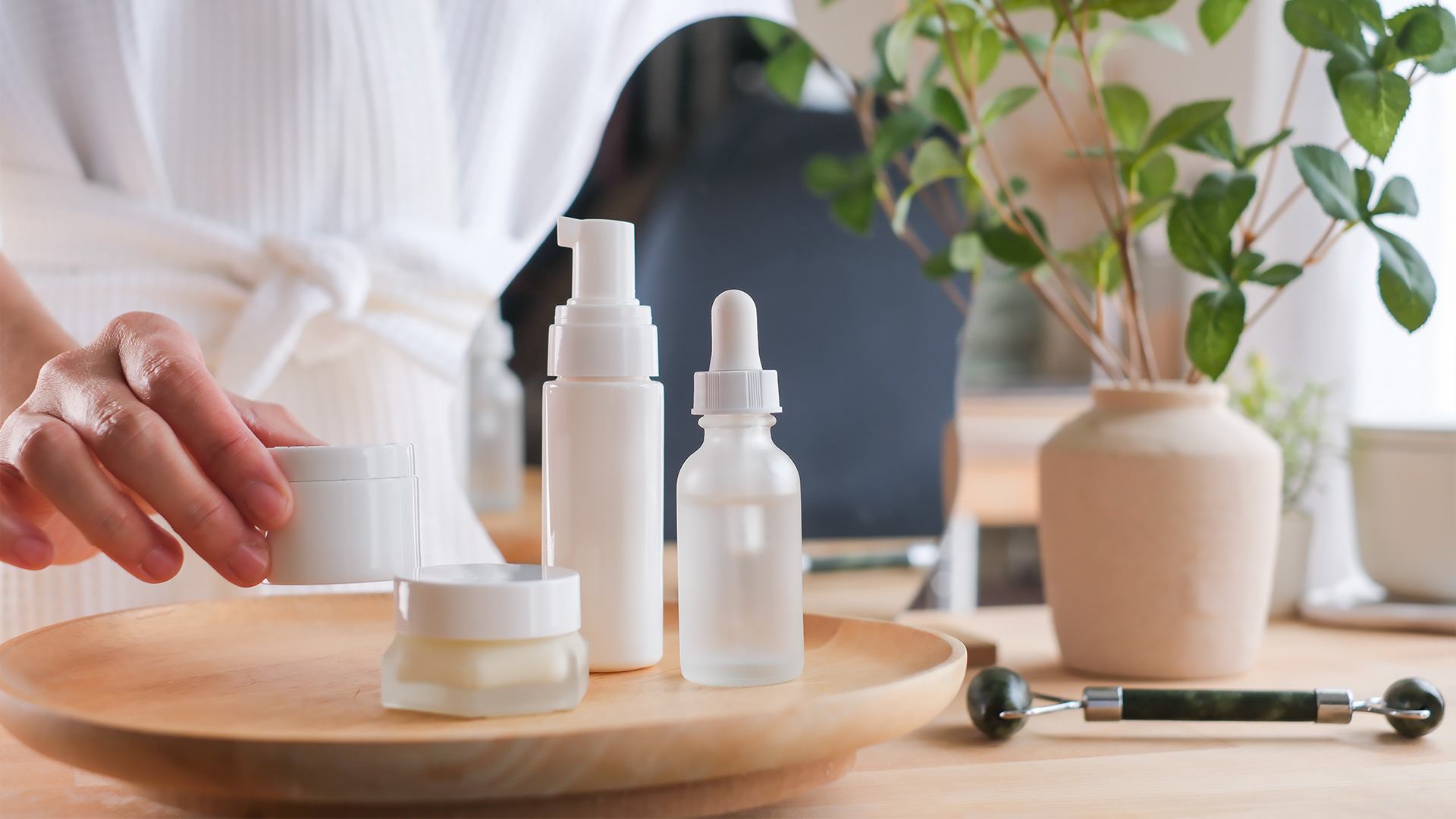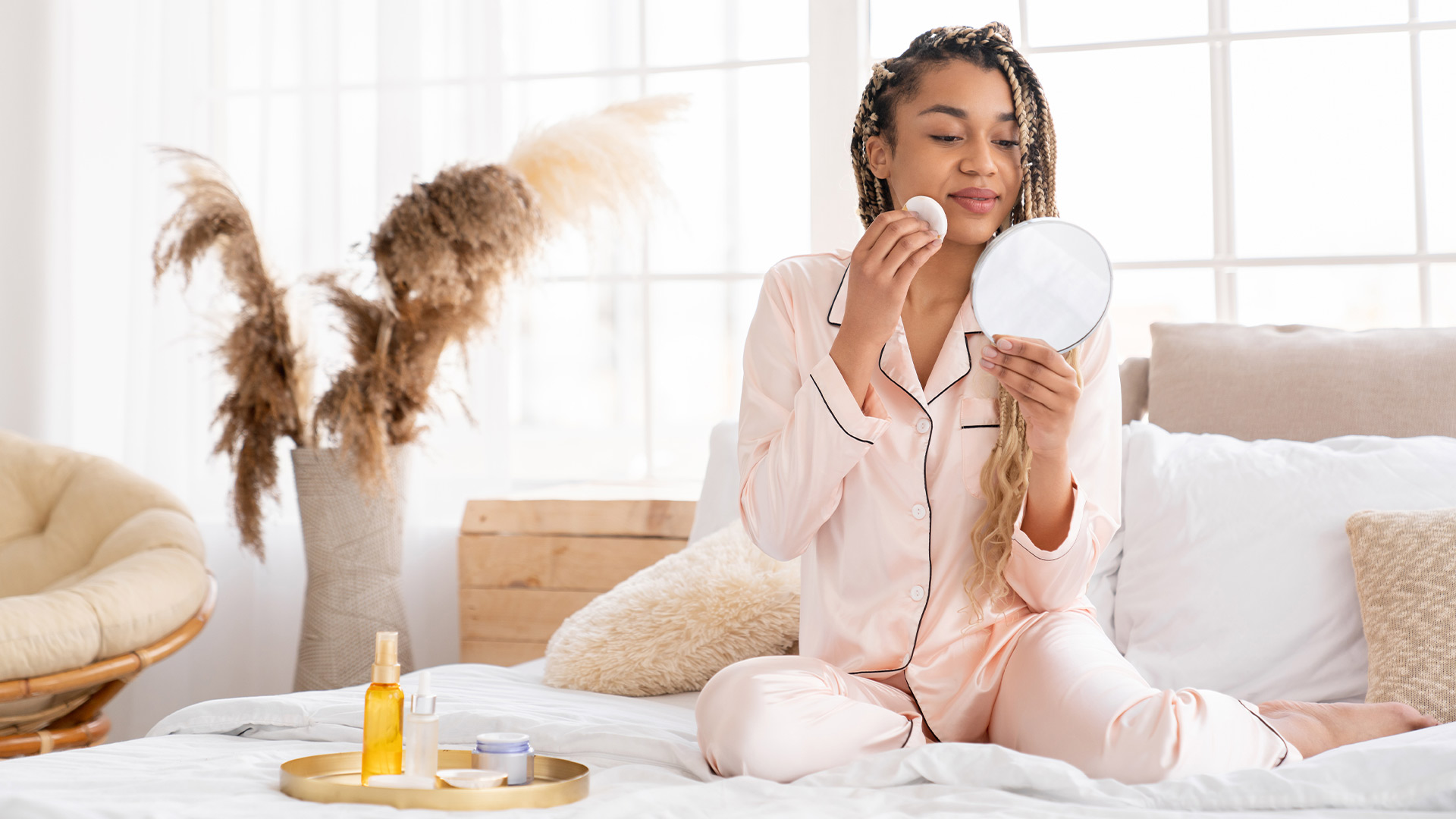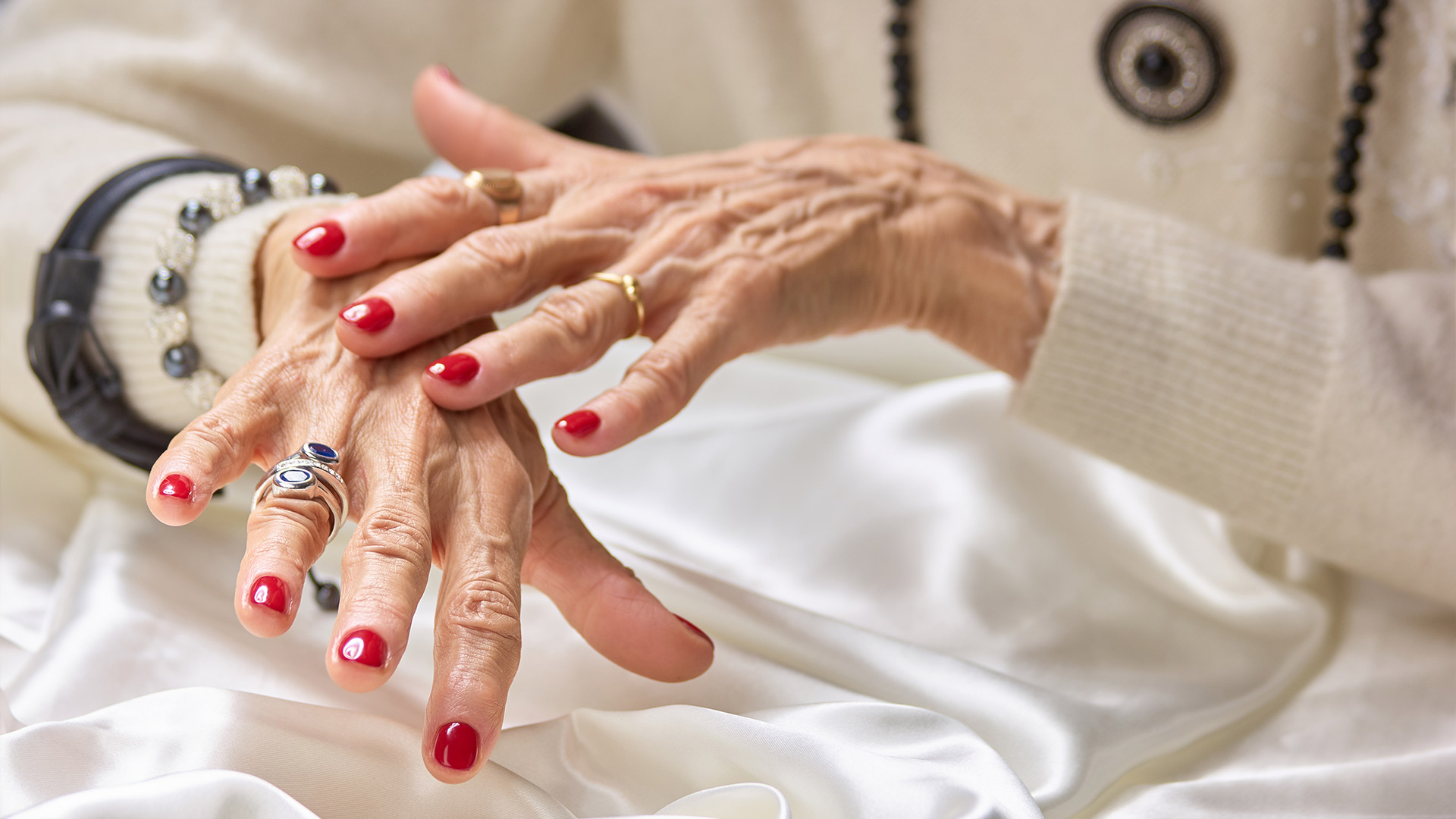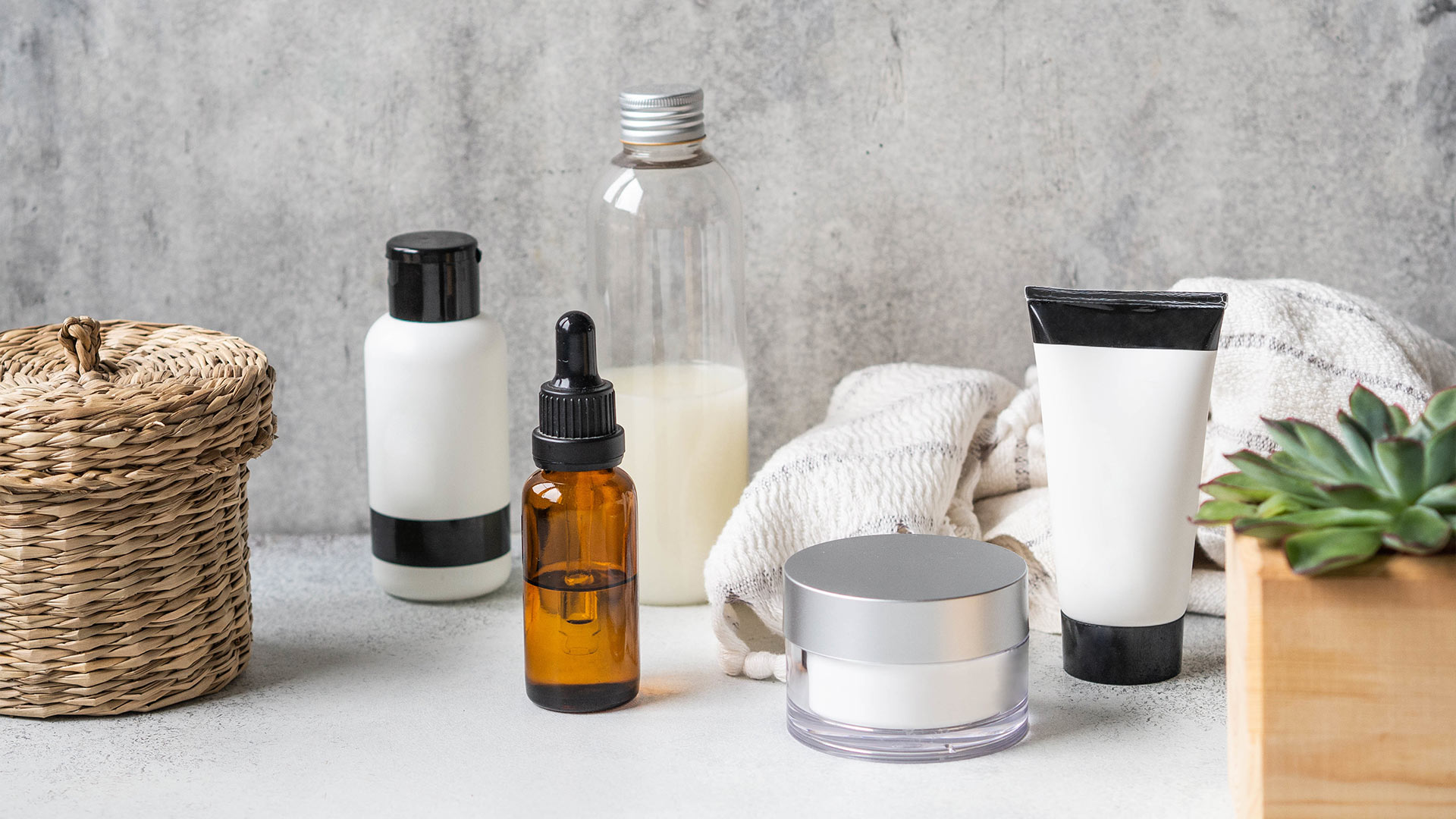1. Start With Clean Skin
Before applying anything, the first step is always to cleanse. A clean canvas is essential for allowing your skincare products to fully absorb and work their magic. Use a gentle cleanser that suits your skin type to remove dirt, oil, and impurities. Make sure your face is damp, not dry, as water helps your skin absorb the following products better. Cleansing not only helps get rid of leftover makeup but also preps your skin for the rest of your routine.
A double cleanse may be necessary if you’ve worn makeup, sunscreen, or if you live in an area with pollution. Start with an oil-based cleanser or micellar water to break down makeup and sunscreen, and then follow up with a gentle water-based cleanser to remove impurities and cleanse deeper. Double cleansing is especially helpful if you’ve used makeup products with long-lasting formulas or if you’ve spent the day outdoors.
Pro Tip: Double cleanse if you’ve worn makeup or sunscreen to ensure every last bit of grime is gone. The first cleanse should break down the makeup and sunscreen, while the second one will cleanse your skin thoroughly.
2. Apply Toner to Balance Your Skin
Next, you’ll want to use a toner. This step is often overlooked, but it’s essential for balancing your skin’s pH after cleansing. Toners also help remove any last traces of makeup or cleanser that may have been left behind. Choose a toner that suits your skin's needs – hydrating toners for dry skin or exfoliating ones for oily or acne-prone skin. A toner can help calm your skin and prep it to absorb the next products even better.
For sensitive skin, you can look for toners that are alcohol-free and contain soothing ingredients like chamomile or rose water. These toners will not only balance the skin but also provide a calming effect, reducing redness and irritation. Toners can also restore hydration to your skin and add an extra layer of protection against environmental stressors. For those with sensitive skin, try a toner with calming ingredients like chamomile or aloe vera to soothe irritation.
Toners can also prep your skin for better absorption of your serums and moisturizers. They act as a primer, helping the subsequent products penetrate more effectively.
Pro Tip: Gently pat the toner into your skin rather than rubbing it in – this helps with absorption and gives your skin a little extra love. Take the time to press the toner into your skin, allowing it to fully absorb before moving to the next step.
3. Serums Are Your Skincare Superstars
After toning, it’s time to apply your serums. Serums are packed with active ingredients that target specific skin concerns, such as brightening, anti-aging, or acne. The rule of thumb is to apply the thinnest consistency first and work your way up to thicker, more concentrated formulas. Serums have a higher concentration of active ingredients, which makes them highly effective.
Start with lightweight serums that contain ingredients like vitamin C (for brightening), hyaluronic acid (for hydration), or niacinamide (for soothing and balancing). These ingredients can give your skin the nourishment it needs without weighing it down. Remember, your serum should be the hero of your routine, delivering potent ingredients directly to the skin.
For example, if you're dealing with dullness or hyperpigmentation, Vitamin C is your best friend. For acne or oiliness, consider serums with niacinamide or salicylic acid. These ingredients are perfect for calming the skin and preventing breakouts. Hyaluronic acid can help plump your skin and add that youthful bounce, making your skin look fresh and dewy.
Pro Tip: Allow each layer of serum to absorb fully before moving on to the next – this ensures maximum effectiveness. The general rule of thumb is to wait about 30 seconds between each serum application. This gives the products time to penetrate the skin and really do their job.
4. Eye Cream: The Delicate Touch
Your eyes deserve special care, so apply an eye cream next. The skin around your eyes is thinner and more sensitive, so it needs a gentle touch. Use your ring finger (the weakest finger) to apply the cream and tap it in lightly, focusing on the under-eye area where puffiness and dark circles tend to show up. This area is usually the first to show signs of aging, so giving it a little extra attention will make a big difference in the long run.
Look for eye creams with ingredients like caffeine, peptides, or retinol. These ingredients work wonders for reducing puffiness, fine lines, and dark circles, keeping your eyes bright and youthful. The delicate skin around your eyes can get dry and irritated, so nourishing it with the right ingredients will prevent early signs of aging.
Eye creams often contain different formulations than face creams, making them more suited to address the unique needs of the eye area. Choose one with peptides to stimulate collagen production and restore skin elasticity.
Pro Tip: Don’t apply eye cream too close to your lash line – keep it around the orbital bone for optimal absorption and to avoid irritation. Apply it gently and avoid rubbing.
5. Moisturizer to Lock in Hydration
After applying your serum and eye cream, it’s time to lock in all that goodness with a moisturizer. Moisturizer helps keep your skin hydrated and ensures that the other products stay in place. Whether you have oily or dry skin, there’s a moisturizer for you. If you have oily skin, go for a lightweight, gel-based moisturizer. For dry skin, a richer, cream-based moisturizer will keep you moisturized throughout the day.
Moisturizing is also essential for maintaining your skin’s protective barrier. A well-moisturized skin barrier helps lock in hydration and prevents environmental toxins and pollutants from penetrating your skin. Hydration is key for all skin types, regardless of whether it’s oily or dry. Even oily skin can become dehydrated, which leads to increased oil production.
Pro Tip: Don’t forget to apply moisturizer to your neck and décolletage – they need love too! These areas are often neglected but show signs of aging just like your face.
6. Sunscreen: The Final Layer
This step is non-negotiable – sunscreen is a must every single day, even if you’re not planning on being outside. Sunscreen protects your skin from harmful UV rays, which can cause premature aging, wrinkles, and sun damage. Apply a broad-spectrum sunscreen with at least SPF 30 to your face, neck, and any other exposed skin.
If you’re using makeup with SPF, that’s great, but it’s still important to apply sunscreen underneath. The SPF in makeup is usually not enough to provide full protection.
Pro Tip: Make sure to apply sunscreen 15-20 minutes before heading outside to give it time to absorb and work effectively. And yes, reapply every two hours when you’re out in the sun!
7. Oils (Optional, But Beneficial)
If you use facial oils, they should be applied last, after your moisturizer and sunscreen. Oils are thicker than other skincare products and can lock in moisture and provide extra nourishment for dry or aging skin. Use a lightweight oil if you have oily skin, or a richer oil for dry skin.
Facial oils are great for adding an extra layer of protection, especially in cold weather or when your skin feels dry. They provide a nourishing finish to your skincare routine without clogging your pores. Additionally, oils can help seal in moisture and keep your skin hydrated throughout the day, offering a dewy, fresh look.
Pro Tip: Apply oils sparingly – a few drops will go a long way! Don’t overload your skin, just enough to give it that healthy glow.
8. Layering for Night vs. Day
At night, your skincare routine can be a bit more indulgent, since you don't have to worry about makeup or sunscreen. You can add extra layers, like a richer night cream or a retinol serum. Retinol, for example, should always be applied after your toner and serum, and before your moisturizer. Keep in mind that retinol can make your skin more sensitive, so it’s best to use it at night.
At night, your skin also has more time to absorb the products and work their magic. Consider using thicker creams or oils during the evening, as your skin is in repair mode. You can add more intensive treatments like hydrating masks or anti-aging serums to your nighttime routine for even better results.
Pro Tip: Nighttime is the best time to use heavier products or treatments that are too intense for daytime wear. But don’t forget sunscreen in the morning after your night routine!
9. Adjust for Your Skin’s Needs
The key to an effective skincare routine is to adjust it based on your skin’s needs. For example, if your skin is feeling dry, focus more on hydrating serums and heavier moisturizers. If you’re prone to breakouts, choose products with salicylic acid or benzoyl peroxide. Pay attention to how your skin reacts, and don’t be afraid to tweak your routine if necessary.
Pro Tip: Switch up your routine with the seasons. In the winter, your skin might need more hydration, while in summer, you might need a lighter touch. Listen to your skin – it knows best!



